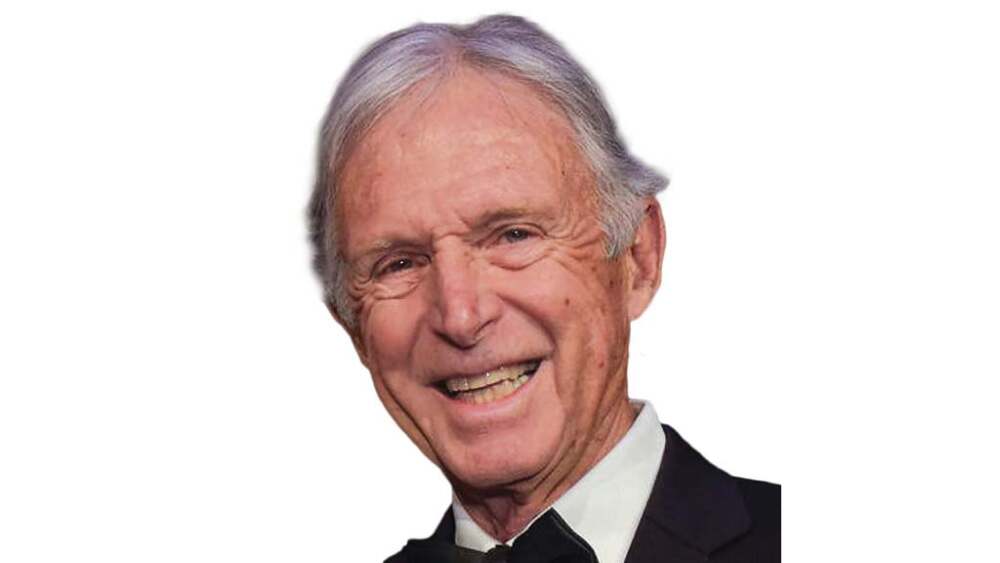Copenhagen / New York — Novo Nordisk, the Danish pharmaceutical giant, has announced a substantial reduction in the cash price of its weight-loss medications, signaling an aggressive strategy to defend its dominance in the fast-growing obesity drug market. The move directly undercuts rival Eli Lilly, which has dominated headlines for its own high-cost GLP‑1 treatments, and represents one of the most significant pricing adjustments in the sector in years.
Details of the Price Reduction
Novo Nordisk’s announcement covers its flagship obesity treatments, Wegovy and Ozempic, which have been widely prescribed to patients for chronic weight management. Under the new pricing plan:
- First-time cash-paying patients can access the drugs at $199 per month for the initial two months.
- Following the introductory period, monthly costs for self-paying patients through Novo’s direct-to-consumer platform will be $349, roughly 30% lower than current cash-pay pricing.
- The reduction applies across multiple dosages, ensuring a wider range of patients can afford the therapy without insurance coverage.
This approach is designed to attract new patients, particularly those previously deterred by the high out-of-pocket costs of GLP-1 medications.
Strategic Goals Behind the Move
Novo Nordisk is pursuing multiple objectives with its pricing strategy:
- Market Share Protection
With Eli Lilly’s competitor gaining traction, Novo’s pricing adjustment aims to prevent patient attrition and maintain leadership in a segment now valued at billions annually. - Expanding Access
Lower prices improve affordability for patients without insurance or with limited coverage, potentially increasing adoption of weight-loss therapies on a broad scale. - Direct-to-Consumer Channel Growth
By leveraging NovoCare, the company bypasses traditional pharmacy benefit managers and insurers, reducing intermediaries and giving patients more control over their prescriptions. - Volume Over Margin
Analysts suggest Novo is willing to accept lower profit margins per patient in exchange for a substantial increase in total prescriptions, reinforcing brand loyalty and long-term market position.
Impact on Competitors
Eli Lilly has led much of the conversation around obesity medications with its high-cost GLP-1 treatments, targeting cash-paying consumers as well as insurance-covered patients. Novo’s aggressive price cuts are likely to:
- Pressure Eli Lilly to lower its own prices or introduce competitive cash-pay options.
- Intensify a pricing war that could reshape profit expectations for all companies in the obesity drug market.
- Shift patient preference toward Novo products, especially among those seeking affordability and easier access.
The competitive dynamics extend beyond pricing, as companies also vie for clinical credibility, patient adherence, and convenience through direct-to-consumer services.
Implications for Patients and Healthcare
For patients, the move could be transformative. GLP-1 weight-loss medications have been criticized for their cost, which has limited access despite their proven efficacy. Novo’s strategy could:
- Make these medications accessible to millions more Americans struggling with obesity.
- Encourage consistent long-term use, which is critical for sustained weight loss and health benefits.
- Potentially stimulate demand for related healthcare services, including telehealth monitoring, nutritional counseling, and chronic disease management.
Experts note, however, that while lower prices are positive, patients still face the challenges of managing side effects, adherence, and lifestyle changes that accompany pharmacologic interventions.
Industry and Market Considerations
The obesity drug market has grown rapidly as GLP-1 medications demonstrate significant weight-loss results. However, the segment remains sensitive to pricing and reimbursement dynamics:
- Insurance Coverage: Many plans cover GLP-1 therapies partially or not at all, leaving cash-pay pricing a major factor in adoption.
- Global Expansion: Novo’s pricing approach may influence its strategy in other countries, balancing profitability with market penetration.
- Public Health Pressure: Rising rates of obesity and related conditions like diabetes, cardiovascular disease, and joint problems create societal incentives for companies to improve accessibility.
By setting a lower price point, Novo is positioning itself as both a market leader and a company responsive to patient needs, potentially influencing regulatory and payer discussions on affordability and coverage.
Risks and Challenges
Despite the apparent benefits, Novo’s pricing strategy carries some risks:
- Margin Compression: Reduced prices may limit profitability per patient, especially given high production and research costs.
- Sustainability: If competitors respond aggressively, a price war could erode profits across the entire GLP-1 drug sector.
- Access Inequality: While cash-pay patients benefit, those reliant solely on insurance coverage may not immediately see similar reductions.
- Regulatory Scrutiny: Increased attention on drug pricing could invite oversight or demands for additional affordability programs.
Novo must carefully balance these challenges to maintain its market position without undermining financial stability.
Looking Ahead
Novo Nordisk’s move is expected to reverberate throughout the obesity drug market:
- Competitors will likely respond with their own pricing adjustments and promotional strategies.
- Payers and insurers may reevaluate coverage and reimbursement policies in response to shifting cash-pay dynamics.
- Patients and healthcare providers may see improved access and adherence, reshaping treatment patterns and outcomes.
By emphasizing affordability and convenience, Novo is betting that expanded patient access and increased adoption will outweigh the short-term financial trade-offs.
Conclusion
The pricing strategy marks a pivotal moment in the obesity drug market. Novo Nordisk’s aggressive move to lower cash-pay prices not only challenges competitors like Eli Lilly but also signals a shift toward broader access to effective weight-loss medications. As obesity rates rise and public health pressures mount, this development could redefine the future of pharmacologic weight management and patient care.
















Leave a Reply